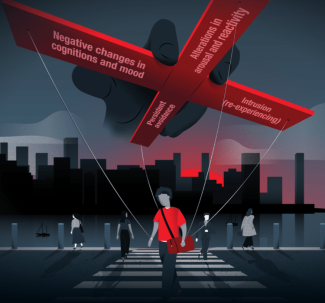
Inside the anatomy of PTSD and the potential role of neurotransmitters
Evolving research suggests that the dysregulation of neurotransmitter systems associated with PTSD, including norepinephrine (N), serotonin (S), and dopamine (D), may contribute to the symptoms of PTSD1-11
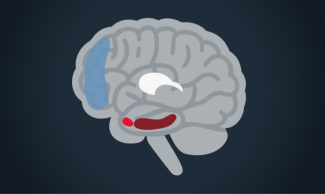
- Amygdala
- Hippocampus
- PFC
- Striatum
The amygdala, hippocampus, prefrontal cortex (PFC), and striatum are key brain regions involved in the balance between the approach and avoidance systems in PTSD.3,12-14
- The avoidance system is linked to fear-related processes12
- The approach system is closely related to reward processes12
Neurotransmitters, including N, S, and D, can alter the activity of key brain regions associated with the approach and avoidance systems.1-4,9,15-18
Healthy cognitive behavior requires balance between the approach and avoidance systems.12 Neurotransmitters may be linked to the pathophysiology of PTSD and its associated symptoms.

An Expert’s Insights
Dr. Javanbakht discusses neurotransmitters associated with the pathophysiology of PTSD
Dysregulation of neurotransmitters in these brain regions may be associated with PTSD symptoms1-11,16
Norepinephrine
Hyperarousal and intrusion5-7
Serotonin
Mood and hyperarousal7,9-11
Dopamine
Mood and
avoidance4
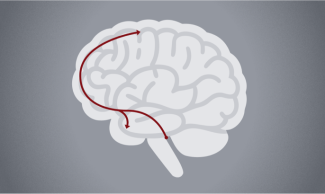
Norepinephrine system hyperactivity associated with PTSD may contribute to hyperarousal and intrusion symptoms5-7
- High levels can increase amygdala activity and fear conditioning1-3
- Hyperactivity can impair PFC function, leading to restricted control of emotions1-3
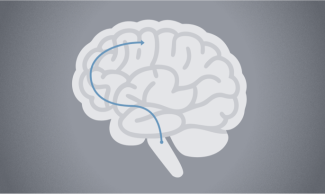
Serotonin deficits associated with PTSD may contribute to negative mood and hyperarousal symptoms7,9-11
- Hyperactivity of the amygdala may contribute to excessive fear responses and reactivity16
- Stress can alter activity in the hippocampus, which can affect mood10,11
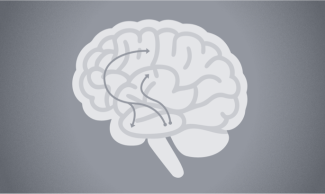
Dopamine dysfunction associated with PTSD may contribute to negative mood and avoidance symptoms4,8
- Striatal dopamine dysfunction may contribute to negative mood symptoms, such as anhedonia and emotional numbing8
- High dopamine levels in the medial PFC may contribute to avoidance4
Research continues into the pathophysiology of PTSD
*Representative symptoms.
It may be helpful to discuss the pathophysiology that could be associated with PTSD with your patients.
Behind the numbers
Understanding the impact of PTSD
Explore the impact
Shedding light
Confronting the challenges
of PTSD
Discover the PTSD landscape
Hear from your peers
Watch videos from PTSD
experts
Visit PTSD Collective
-
1.
Arnsten AFT. Stress signalling pathways that impair prefrontal cortex structure and function. Nat Rev Neurosci. 2009;
10(6):410-422. -
2.
Arnsten AFT. Stress weakens prefrontal networks: molecular insults to higher cognition. Nat Neurosci. 2015;
18(10):1376-1385. -
3.
Giustino TG, Maren S. Noradrenergic modulation of fear conditioning and extinction. Front Behav Neurosci. 2018;
12:43. -
4.
Vander Weele CM, et al. Dopamine tunes prefrontal outputs to orchestrate aversive processing. Brain Res. 2019;
1713:16-31. -
5.
Strawn JR, Geracioti TD Jr. Noradrenergic dysfunction and the psychopharmacology of posttraumatic stress disorder. Depress Anxiety. 2008;
25(3):260-271. -
6.
Young EA, Breslau N. Cortisol and catecholamines in posttraumatic stress disorder: an epidemiologic community study. Arch Gen Psychiatry. 2004;
61(4):394-401. -
7.
Kelmendi B, et al. PTSD: from neurobiology to pharmacological treatments. Eur J Psychotraumatol. 2016;
7:31858. -
8.
Torrisi SA, et al. Therapeutic challenges of post-traumatic stress disorder: focus on the dopaminergic system. Front Pharmacol. 2019;
10:404. -
9.
Sherin JE, Nemeroff CB. Post-traumatic stress disorder: the neurobiological impact of psychological trauma. Dialogues Clin Neurosci. 2011;
13(3):263-278. -
10.
Lewis MW, et al. Exploring the impact of trauma type and extent of exposure on posttraumatic alterations in 5-HT1A expression. Transl Psychiatry. 2020;
10(1):237. -
11.
Mahar I, et al. Stress, serotonin, and hippocampal neurogenesis in relation to depression and antidepressant effects. Neurosci Biobehav Rev. 2014;
38:173-192. -
12.
Stein MB, Paulus MP. Imbalance of approach and avoidance: the yin and yang of anxiety disorders. Biol Psychiatry. 2009;
66(12):1072-1074. -
13.
Kredlow MA, et al. Prefrontal cortex, amygdala, and threat processing: implications for PTSD. Neuropsychopharmacology. 2022;
47(1):247-259. -
14.
Liberzon I, Abelson JL. Context processing and the neurobiology of post-traumatic stress disorder. Neuron. 2016;
92(1):14-30. -
15.
Bocchio M, et al. Serotonin, amygdala and fear: assembling the puzzle. Front Neural Circuits. 2016;
10:24. -
16.
Krystal JH, Neumeister A. Noradrenergic and serotonergic mechanisms in the neurobiology of posttraumatic stress disorder and resilience. Brain Res. 2009;
1293:13-23. -
17.
Li X, et al. 5-HT1A receptor agonist affects fear conditioning through stimulations of the postsynaptic 5-HT1A receptors in the hippocampus and amygdala. Eur J Pharmacol. 2006;
532(1-2):74-80. -
18.
Balbino de Paula B, et al. Distinct effect of 5-HT1A and 5-HT2A receptors in the medial nucleus of the amygdala on tonic immobility behavior. Brain Res. 2016;
1643:152-158.